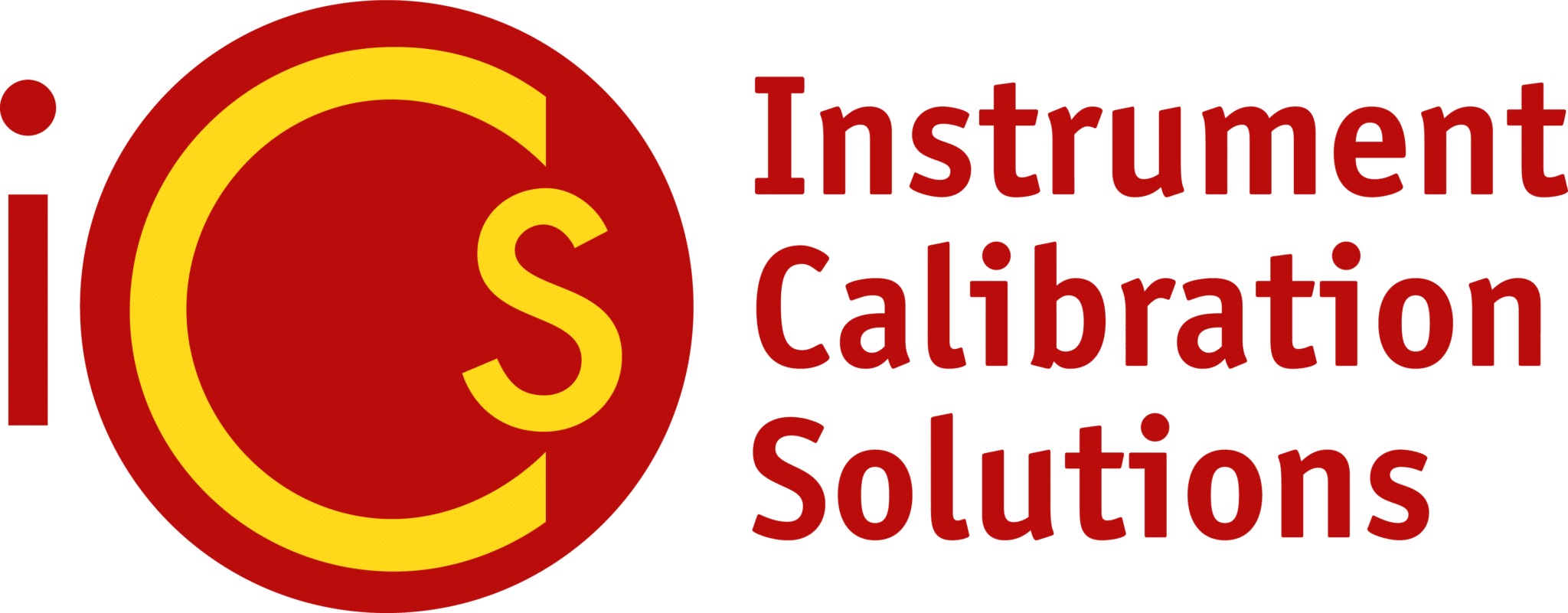How to Choose the Right Thermometer Calibration
Introduction Choosing the right thermometer calibration method is crucial for ensuring accurate temperature measurements. Whether you’re in a lab, a kitchen, or an industrial setting, the right calibration can make all the difference. This guide will help you understand the different calibration methods and how to choose the one that best suits your needs.
Understanding Calibration Calibration is the process of comparing a thermometer’s readings with a known standard to ensure accuracy. There are several methods of calibration, each with its own advantages and applications.
Types of Calibration Methods
- Field Calibration
-
- What It Is: This method involves comparing your thermometer with another thermometer or using fixed points like ice water.
- When to Use It: Ideal for everyday use where high precision is not critical.
- Pros: Simple, quick, and cost-effective.
- Cons: Less accurate than other methods.
-
- Laboratory Calibration
-
- What It Is: Conducted by qualified technicians using calibrated standards in a controlled environment.
- When to Use It: Suitable for scientific research, industrial applications, and situations requiring high accuracy.
- Pros: Highly accurate and reliable.
- Cons: More time-consuming and expensive.
-
- Certified Calibration
-
- What It Is: Performed by accredited laboratories that issue a certificate of calibration.
- When to Use It: Necessary for legal, regulatory, and quality assurance purposes.
- Pros: Provides the highest level of accuracy and traceability.
- Cons: The most expensive and time-consuming option.
-
Factors to Consider When Choosing a Calibration Method
-
- Accuracy Requirements
- Determine how precise your temperature measurements need to be. For critical applications, opt for laboratory or certified calibration.
- Frequency of Use
- If you use your thermometer frequently, regular field calibration might be sufficient. For less frequent use, consider more accurate methods.
- Environment
- Consider the conditions in which you’ll be using the thermometer. Harsh environments may require more frequent and precise calibration.
- Budget
- Balance the cost of calibration with the level of accuracy you need. Field calibration is cost-effective, while certified calibration offers the highest accuracy at a higher cost.
- Regulatory Requirements
-
- Ensure compliance with any industry standards or regulations that apply to your field. Certified calibration is often required for legal and quality assurance purposes.
-
- Accuracy Requirements
Conclusion Choosing the right thermometer calibration method depends on your specific needs and circumstances. By considering factors like accuracy requirements, frequency of use, environment, budget, and regulatory requirements, you can select the best calibration method to ensure reliable and accurate temperature measurements.

